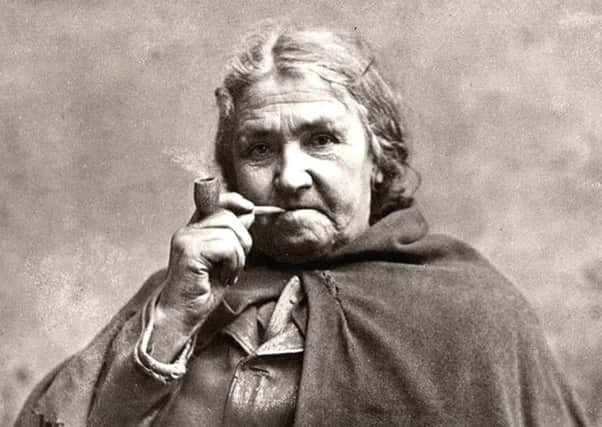Big Rachel: the shipyard worker called in to stop the Partick Riots


Standing at 6ft 4ins tall and weighing around 17 stone, Rachel Hamilton was originally from Ireland but settled in Partick, Glasgow, with her husband in the mid 19th Century.
Here, she was known for her pipe smoking and her hard physical graft. Ms Hamilton worked as a labourer in Tod and MacGregor shipbuilders, as a forewoman navvy at the Jordanhill Brickworks and latterly as a farm worker at Anniesland.
Advertisement
Hide AdAdvertisement
Hide AdBut it was during the Partick Riots in August 1875 that she made her name after helping to drive away a mob from the burgh who had gathered during a weekend of street violence.
She was sworn in as a special constable during the weekend of unrest which followed celebrations of what would have been the 100th birthday of Daniel O’Connell, Ireland’s great nationalist leader who played a crucial role in gaining Catholic Emancipation in 1829.
In Glasgow, the Irish Question - and whether Home rule should be granted - was the major political issue of the day.
In Partick , the residual mood of the O’Connell rally in Glasgow Green darkened as around 900 men paraded west into the burgh where a large crowd, including members of the The Orange Lodge and its supporters, quickly rallied.
Advertisement
Hide AdAdvertisement
Hide AdWeapons such as sticks, stones and other missiles were carried on both sides, reports of the day said.
Violence broke out after one of the marchers struck one of the bystanders, who then smacked his attacker in the face.
“This was the signal for a free fight between the processionists and the crowd,” reported the Glasgow Herald.
Among those struck was Police Constable Donald Munro, who was hit with a stick on his head and cheek “to the great effusion of his blood and severe injury of his person,” according to a court report.
Advertisement
Hide AdAdvertisement
Hide AdFighting peaked and waned throughout the night, with a new wave of rioting breaking out the next afternoon.
Again the neighbourhood was terrorised as men cut through the streets, hurling stones and other missiles with windows of homes and shops smashed and destroyed.
It was on this day that ‘Big Rachel was called upon. She and her fellow special constables were deployed to drive the mob across the Kelvin and back towards Glasgow.
The violence dissipated, and Big Rachel’s name secured in an important chapter of Glasgow’s social history.
She died in 1899, aged 70, at a time when women were not expected to see beyond the age of 50.
